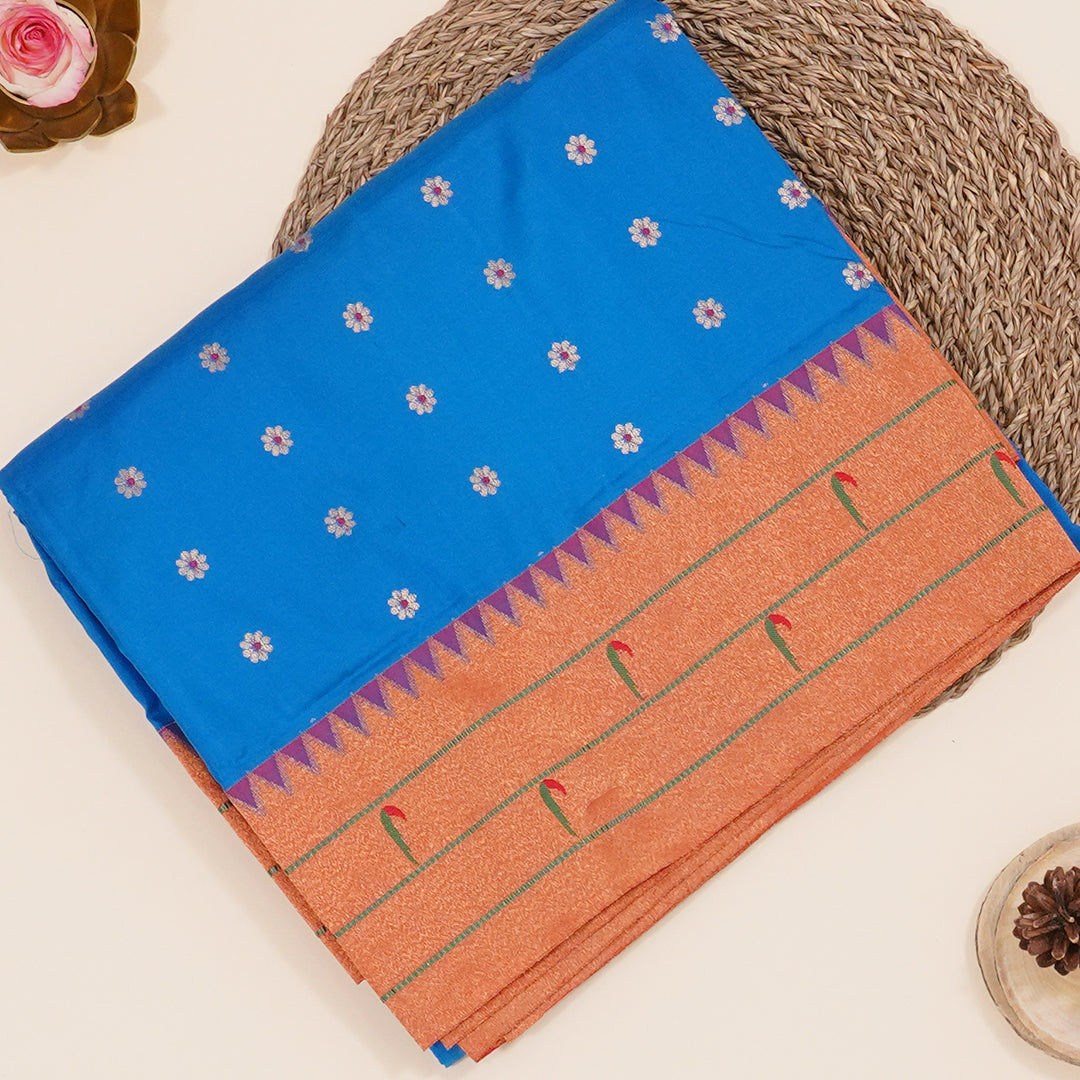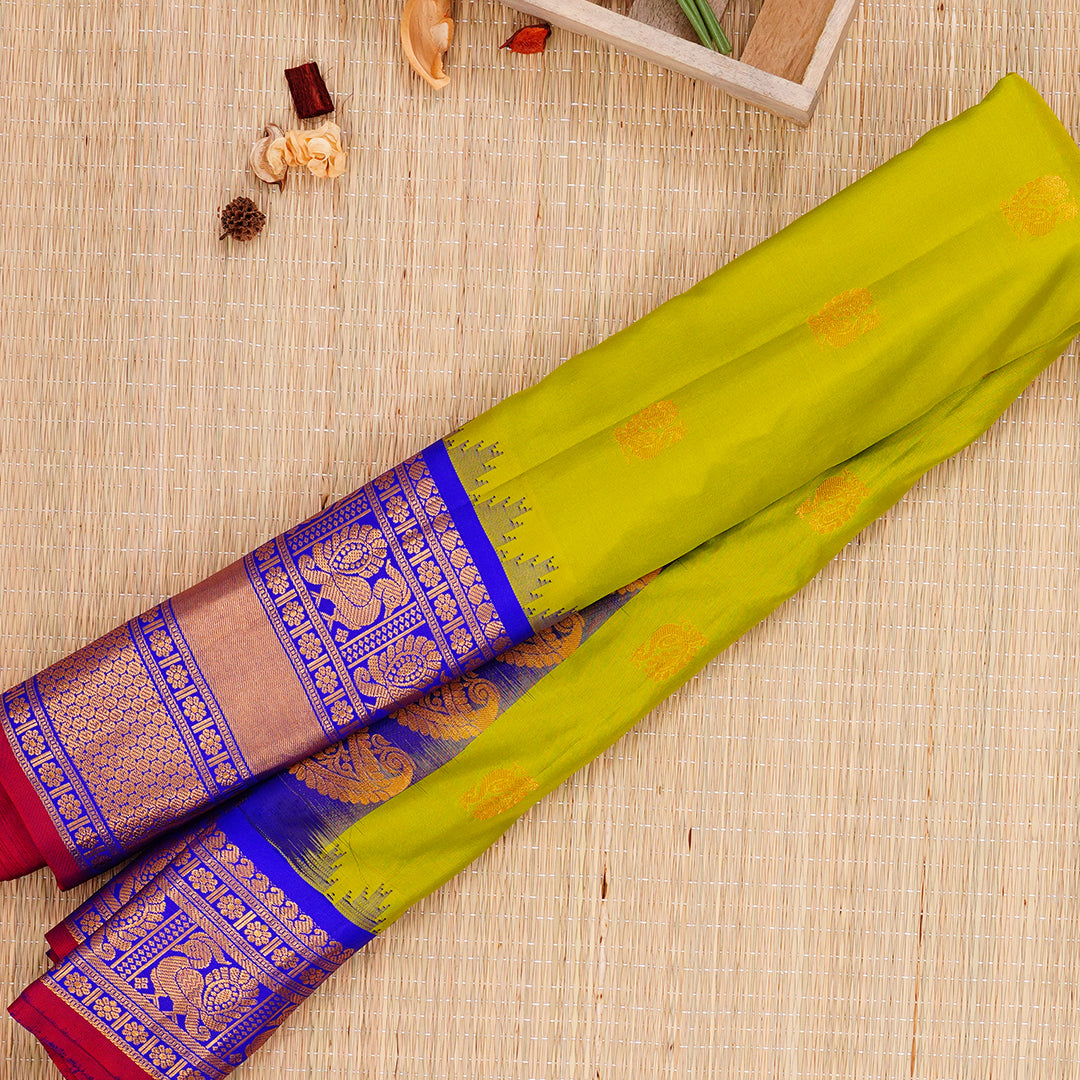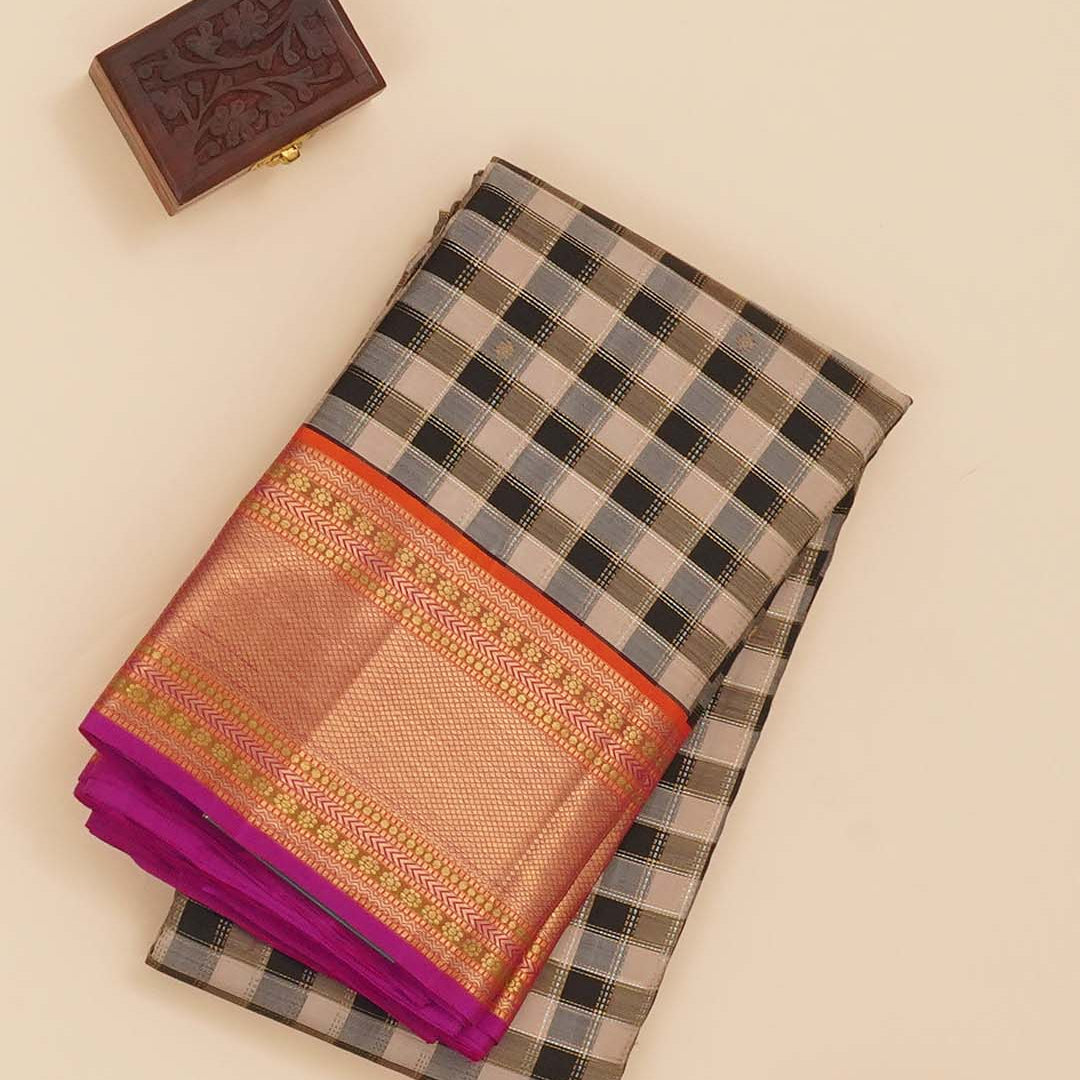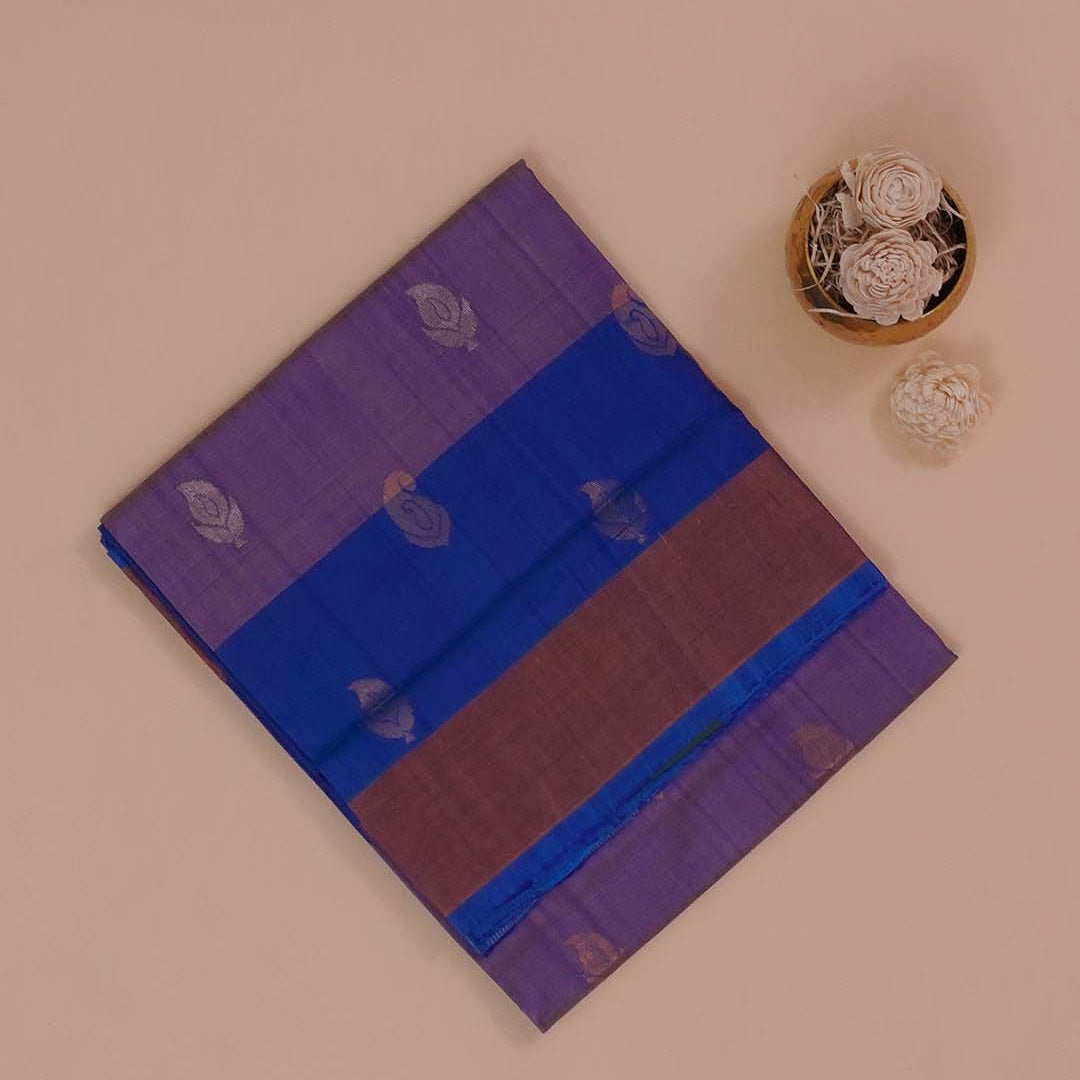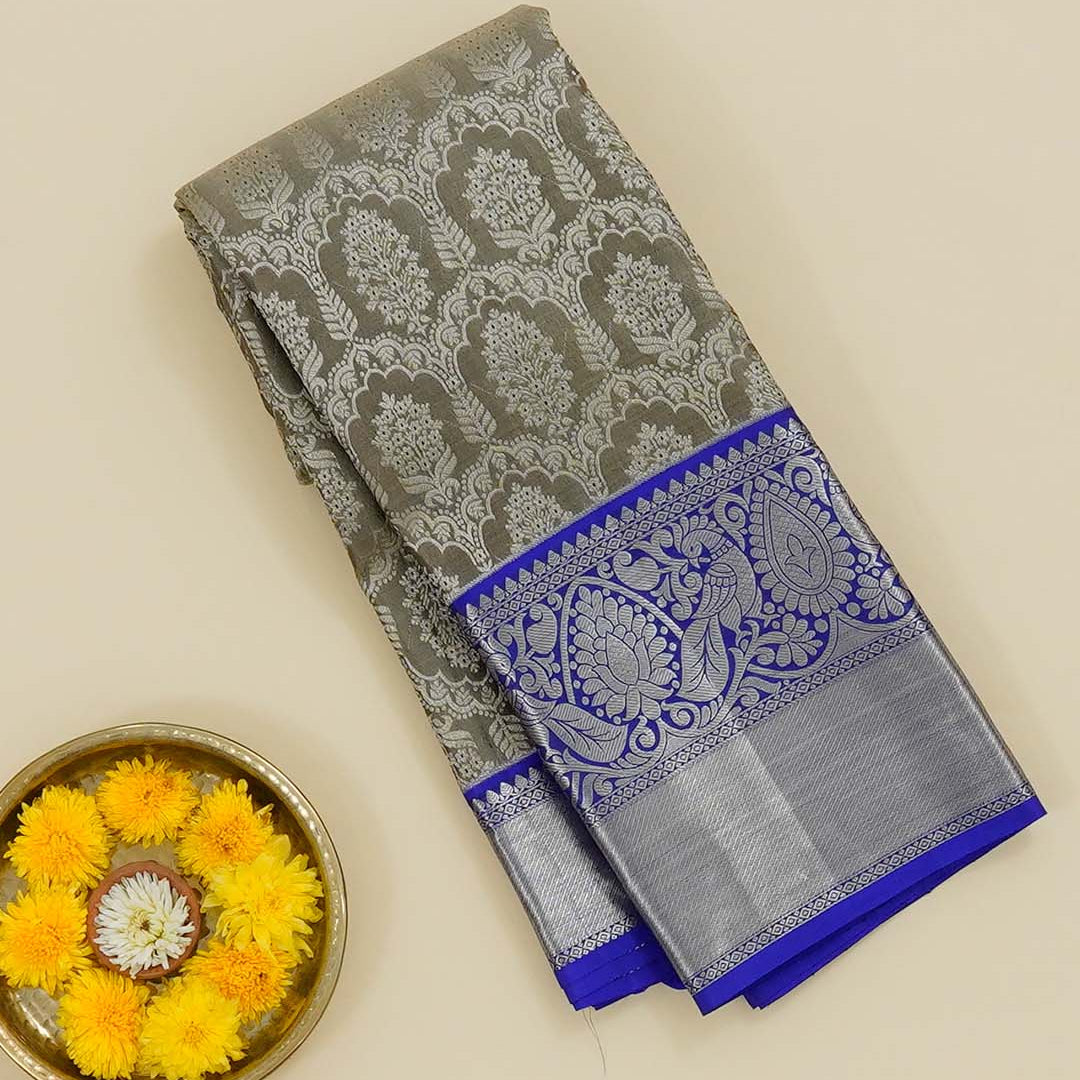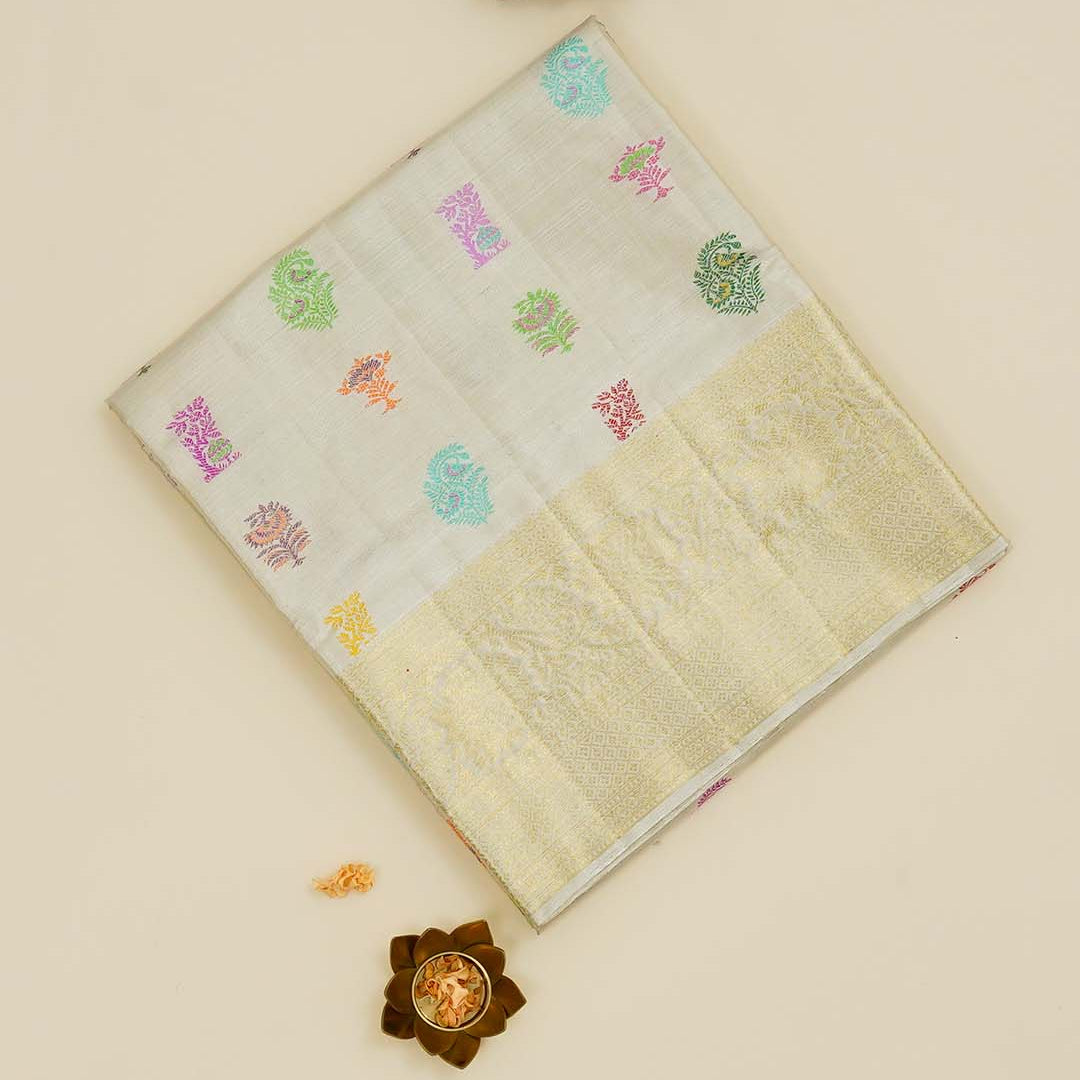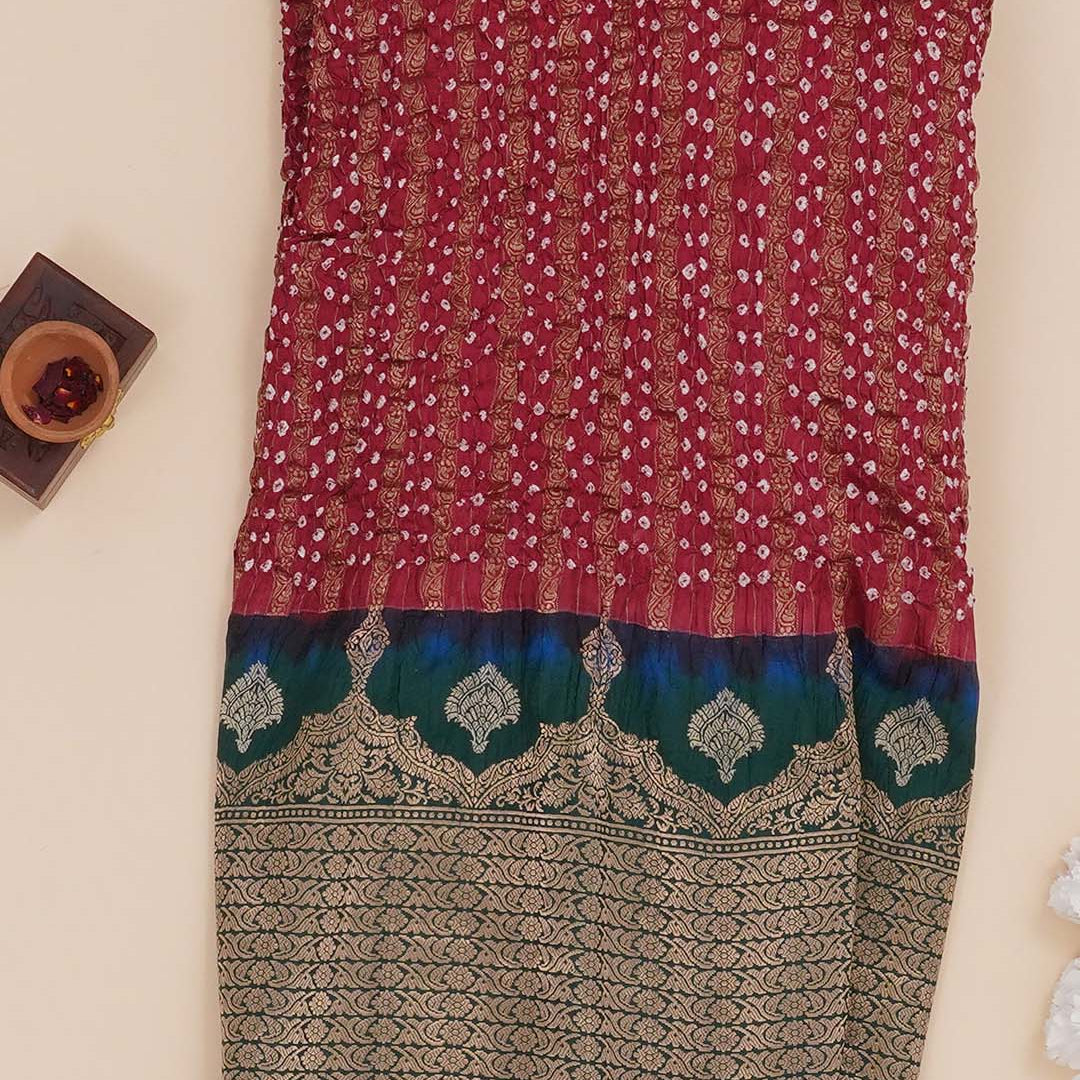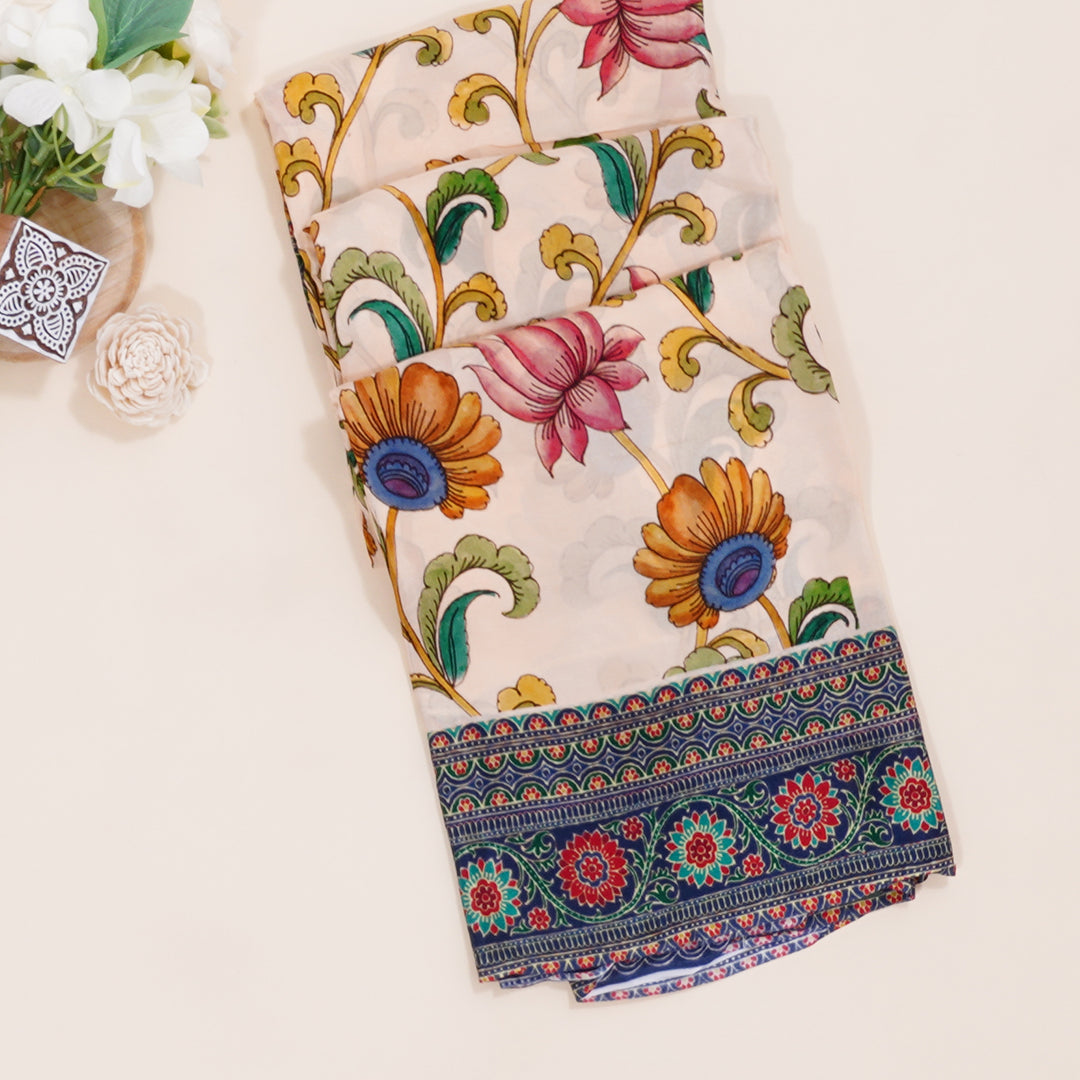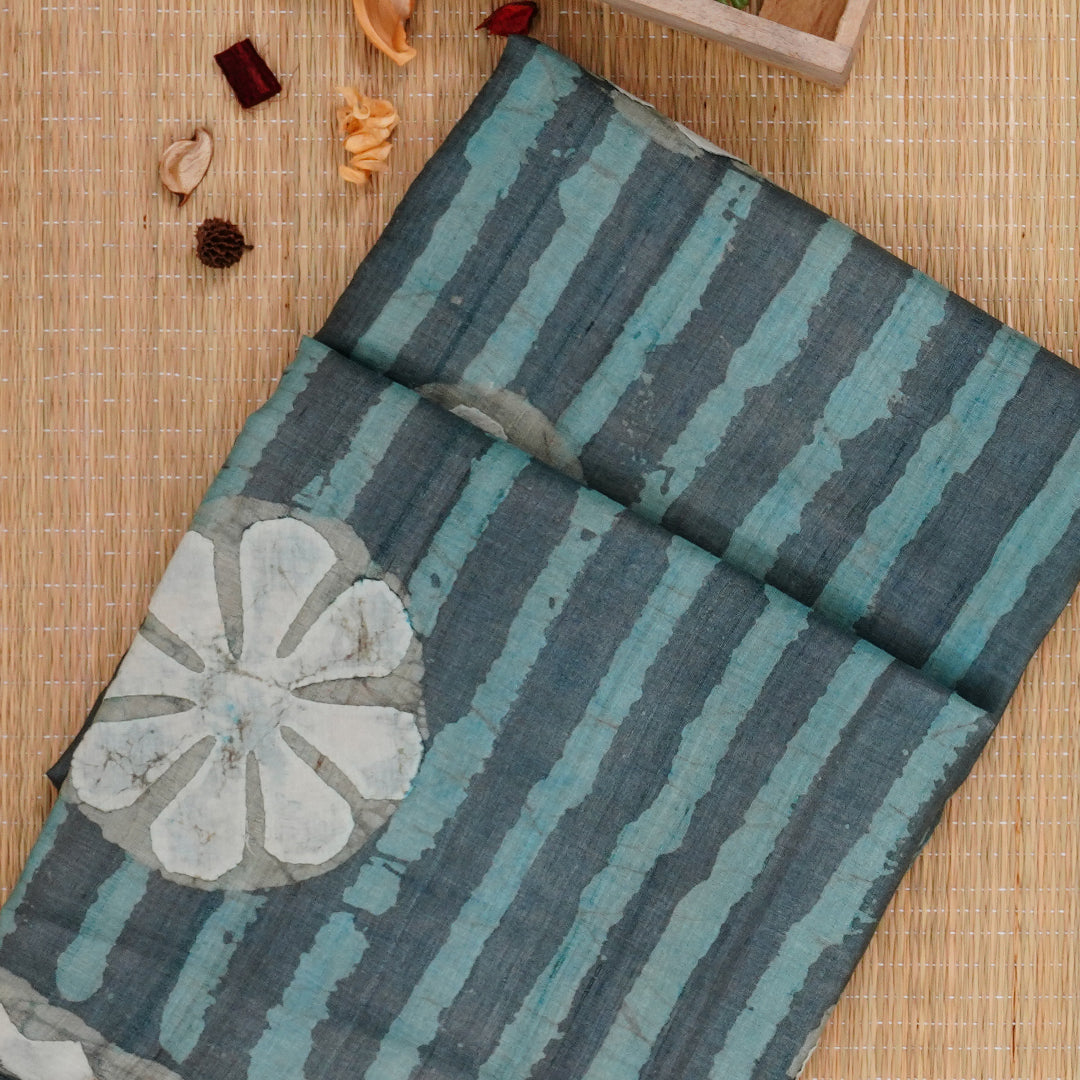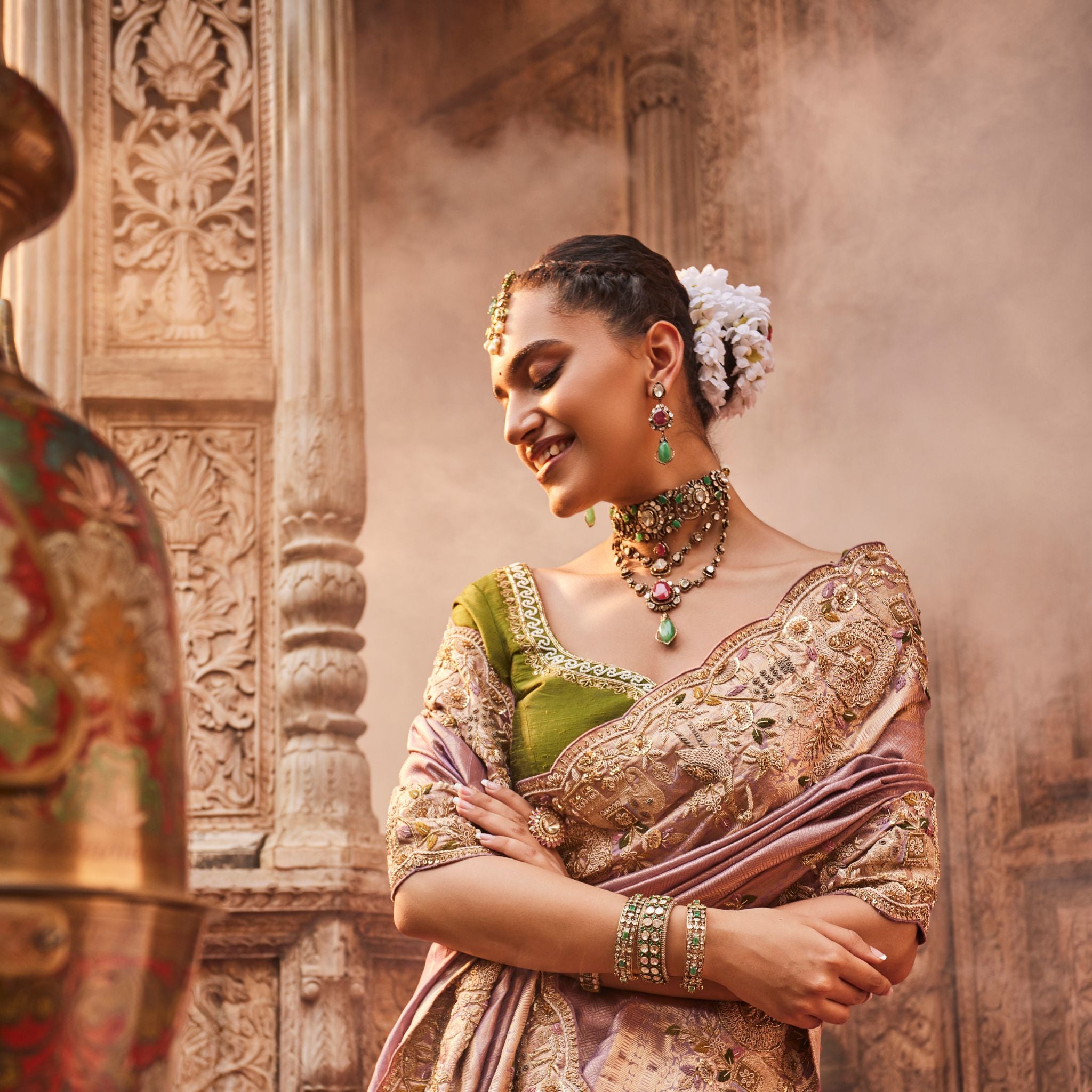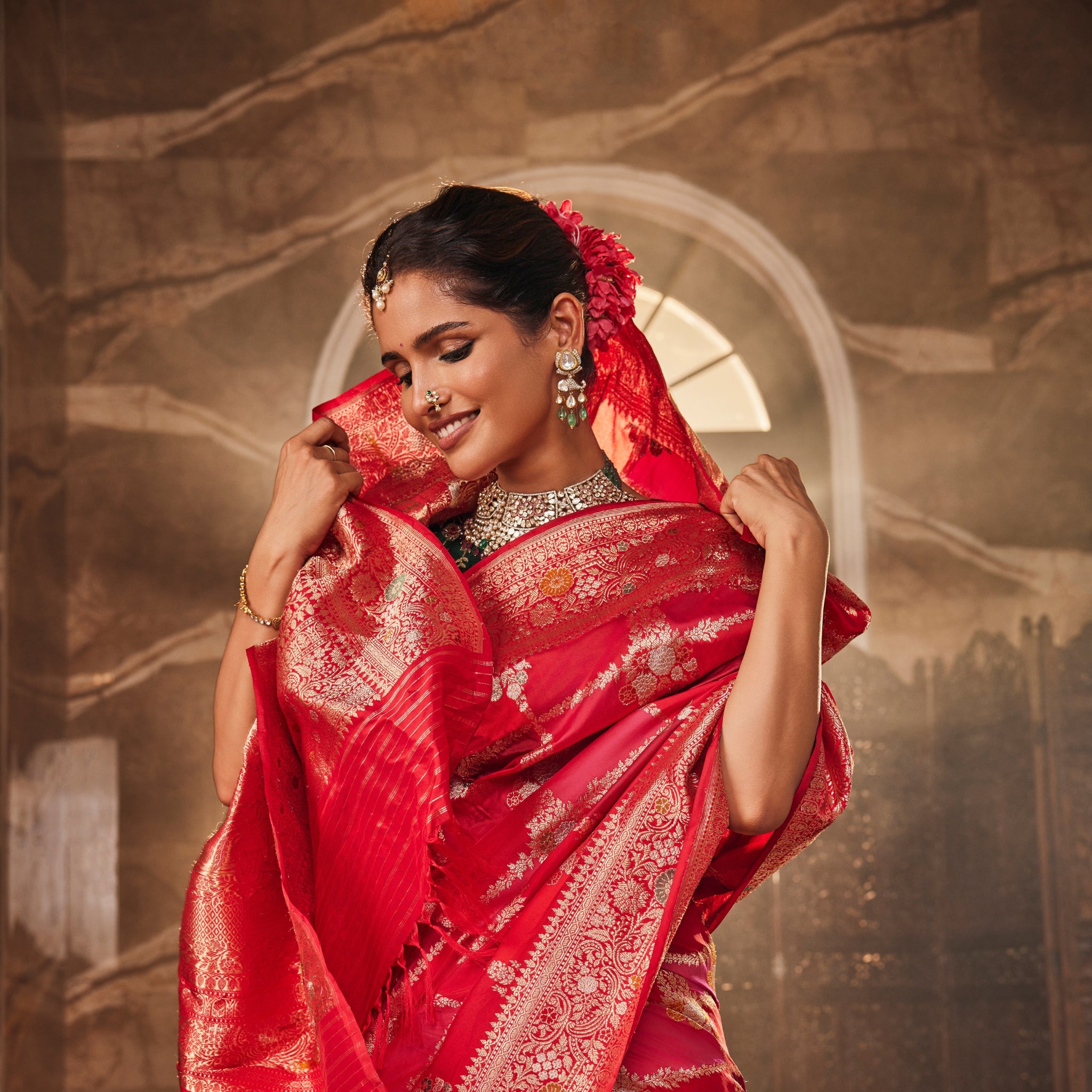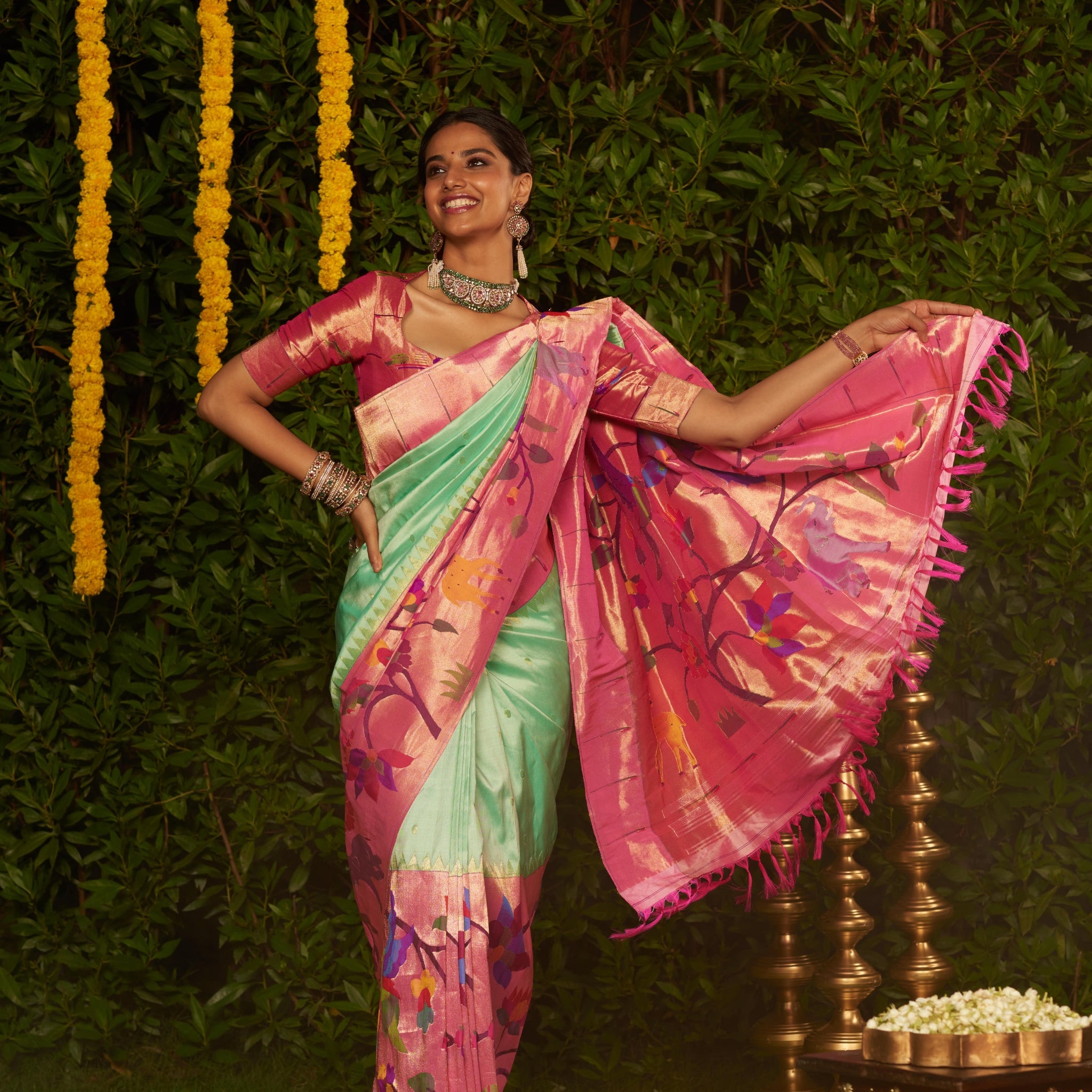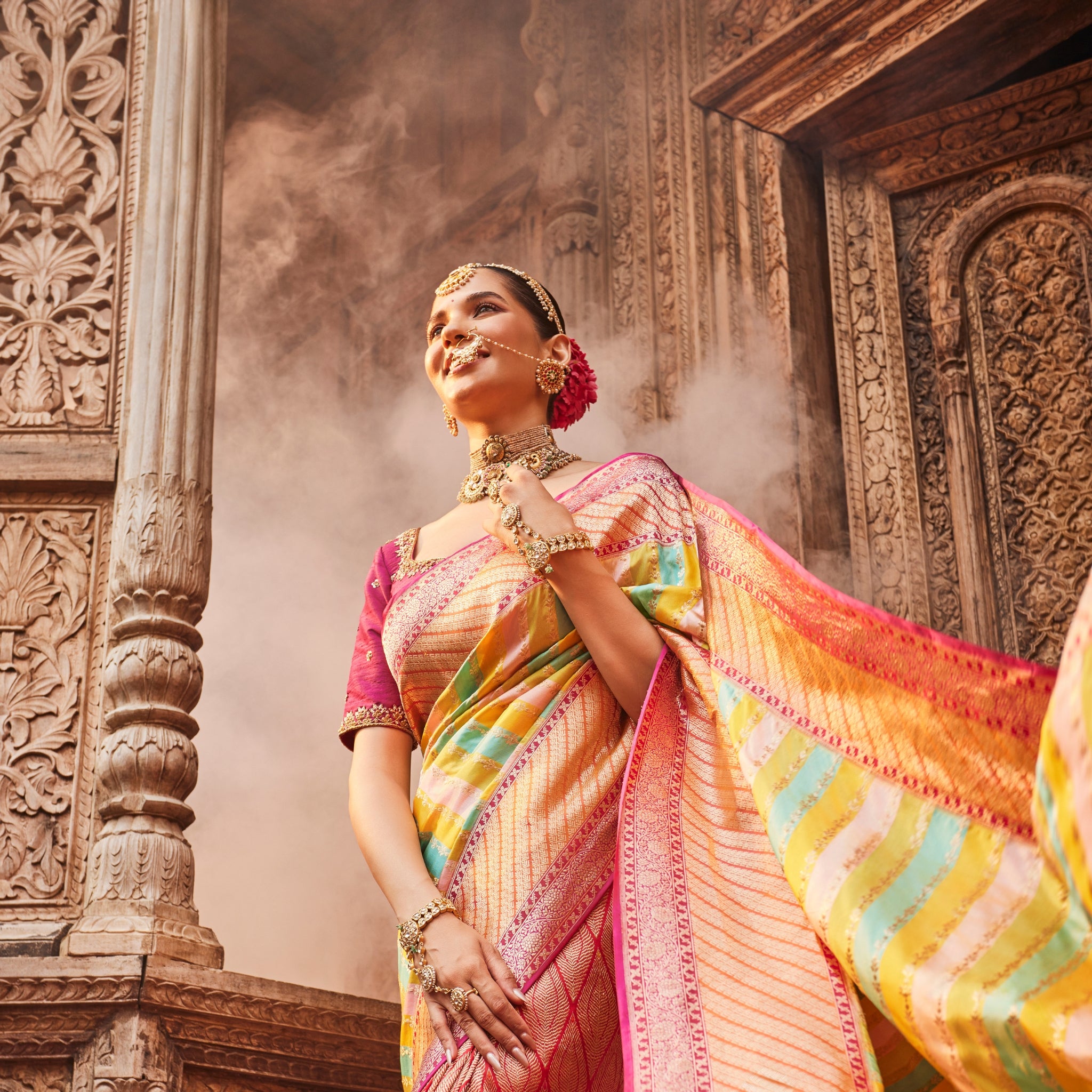Banaras Pattu Sarees vs Kanchi Pattu Sarees Which One Should You Choose

India’s love affair with silk sarees is legendary — a beautiful blend of culture, artistry, and grace. Among the most exquisite are Banaras Pattu Sarees and Kanchi Pattu Sarees, both crafted from luxurious silk yet distinct in their origin, weave, and character. Whether you’re a bride choosing the perfect saree for your big day or a saree enthusiast building your collection, understanding these two masterpieces can help you make the right choice.
Let’s dive into the timeless elegance and subtle differences between Banaras and Kanchi Pattu Sarees.
1. The Origins: Two Cities, One Heritage of Silk
Banaras Pattu Sarees
Originating from Varanasi (Banaras), one of India’s oldest cities, Banaras Pattu Sarees are known for their regal Mughal-inspired designs and metallic zari work. The word Pattu simply means silk, so a Banaras Pattu Saree refers to the pure silk Banarasi saree — rich, glossy, and ornate.
Kanchi Pattu Sarees
In contrast, Kanchi Pattu Sarees hail from Kanchipuram, a temple town in Tamil Nadu. Woven from mulberry silk, they are often called Kanchipuram or Kanjeevaram Sarees. Deeply rooted in South Indian tradition, these sarees are famous for their vibrant colors, thick borders, and temple-inspired motifs.
2. The Weave and Fabric: Distinctive Techniques
Banaras Pattu
Banaras weavers use fine silk threads and gold/silver zari to create intricate patterns on lightweight silk. The technique often involves brocade weaving — where the designs are woven into the fabric rather than embroidered. The result is a saree that’s lustrous yet delicate, perfect for weddings and festive occasions.

Kanchi Pattu
Kanchipuram weavers employ a three-shuttle technique, ensuring that the body and border of the saree are woven separately and later interlocked — a hallmark of the Kanchi style. The silk is thicker and more durable, making Kanchi Pattu Sarees ideal for heavy bridal wear. The sheen of authentic Kanchi silk is unmatched, giving the saree a majestic, structured drape.

3. Design and Motifs: Mughal Grace vs. Temple Grandeur
Banaras Pattu Sarees
Banaras designs often draw inspiration from Mughal art and architecture. Common motifs include:
-
Floral vines (kalga, bel)
-
Paisleys
-
Butidar patterns
-
Jangla and brocade work
They exude a royal, ornate look and often carry a hint of old-world luxury.
Kanchi Pattu Sarees
Kanchi designs are inspired by South Indian temples and nature. Popular motifs include:
-
Temple borders (gopuram)
-
Checks (kattam)
-
Peacocks and elephants
-
Coins (buttas)
These sarees have bold contrasts, giving them a rich and traditional appeal.
4. Texture, Weight & Comfort
| Feature | Banaras Pattu Saree | Kanchi Pattu Saree |
|---|---|---|
| Texture | Smooth, lustrous, and slightly lighter | Thick, crisp, and structured |
| Weight | Comparatively light | Heavier due to thick silk |
| Comfort | Easy to drape and comfortable for long hours | Best suited for grand occasions |
| Ideal For | Brides who prefer rich yet manageable sarees | Brides seeking regal, traditional grandeur |
5. Perfect Occasions to Wear Each
-
Banaras Pattu Sarees: Ideal for North Indian weddings, receptions, festive poojas, and formal celebrations. Their intricate zari and elegant flow make them perfect for occasions that call for glamour with comfort.
-
Kanchi Pattu Sarees: A staple for South Indian weddings, temple ceremonies, and grand traditional events. Their durability and bold hues make them stand out as symbols of prosperity and devotion.
6. Price and Value
Both Banaras and Kanchi Pattu Sarees are investments in art. However, Kanchi Pattu Sarees generally use heavier silk and more zari, making them slightly more expensive. Banaras Sarees range widely in price depending on the zari quality and weave complexity.
Authentic handwoven pieces of either kind are heirlooms, passed down for generations — true treasures of Indian craftsmanship.
7. How to Choose the Right One for You
Here’s a quick guide:
-
✨ Choose Banaras Pattu Saree if you love:
-
Mughal-inspired motifs and delicate designs
-
Lightweight elegance
-
A mix of tradition and contemporary grace
-
-
🌺 Choose Kanchi Pattu Saree if you prefer:
-
Bold colors and temple-inspired patterns
-
Structured drape and heavy silk
-
Classic South Indian bridal style
-
Both sarees embody luxury, tradition, and artistry, but your choice depends on your personal style, occasion, and comfort.
Final Thoughts
Whether you drape a Banaras Pattu Saree shimmering with zari vines or a Kanchi Pattu Saree glowing in temple motifs, you’re wearing a piece of India’s soul. Each saree carries centuries of tradition, devotion, and craftsmanship — making it more than just attire; it’s a story woven in silk.
So, when you ask, “Which one should I choose?”
The answer is simple — choose the one that makes you feel timeless, confident, and connected to tradition.
- Tags: banaras pattu sarees banaras saree online Banaras Sarees Best banaras saree online best kanchi pattu sarees online Best saree shops in jubilee hills Best sarees shops near me Bridal Sarees kanchi border sarees Kanchi pattu sarees kanchi sarees Saree shops in Jubilee Hills near me Vaarahi Silks Jubilee hills Vaarahi Silks Kukatpally




